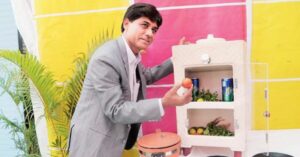How A Mosquito Bite Led This Industrial Designer To Develop A Painfree Insulin Delivery System
Gujarat girl Devina Kothari has developed an interesting device that will make the delivery of insulin virtually pain-free and simpler for diabetics. She has also designed a kit which will enable safe enucleation of the corneas and preserve them up to 96 hours. Know more about her amazing innovations.
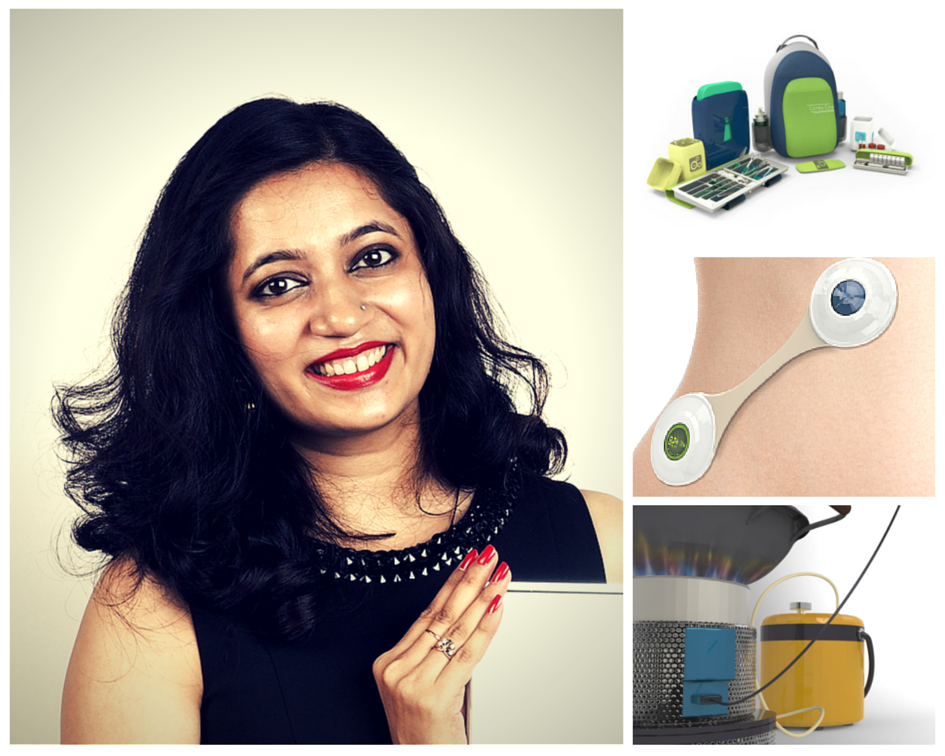
Gujarat girl Devina Kothari has developed an interesting device that will make the delivery of insulin virtually pain-free and simpler for diabetics. She has also designed a kit which will enable safe enucleation of the corneas and preserve them up to 96 hours. Here’s more about her amazing innovations.
When we hear the words “insulin injection” we get a picture of a painful process. Diabetic patients, who have been trying to look for an easier way to control the disease for years, finally have a reason to smile. Thanks to Devina Kothari, a young Industrial Designer from IIT-Bombay practicing in Gujarat, who has designed an insulin delivery system which is not only pain-free but also appealing to the eye.
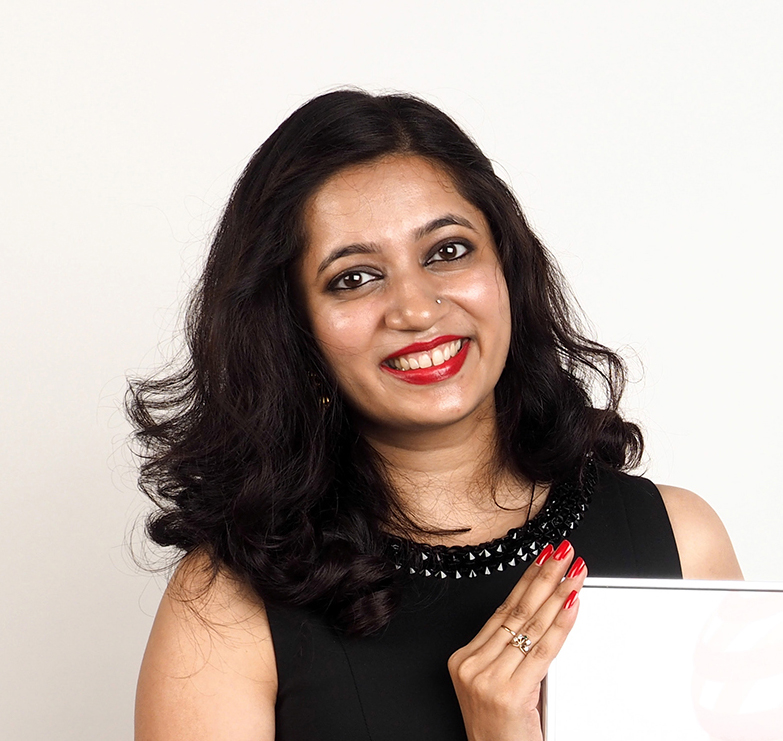
“At present, most healthcare products look unappealing, due to which patients do not want to put the pump or the patch on their body. They are also scared of injections and the pain associated with them,” she says.
The idea came to her mind when one of her uncles fell ill and could not respond adequately to the treatment due to glucose fluctuation.
“That time, I felt the need to club current technology advancement with healthcare products. I could not save my uncle but maybe someone else could benefit from it. I took the onus on my shoulders and did research in this field, and tried to generate a design solution that addresses most of the problems associated with current insulin delivery system across juveniles, special citizens, senior citizens, athletes, etc” says Kothari.
After meeting several doctors and patients, researching extensively for eight months and getting a mosquito bite, Kothari was ready with an innovation that could make the procedure of insulin delivery pain-free, simple and closed-loop.
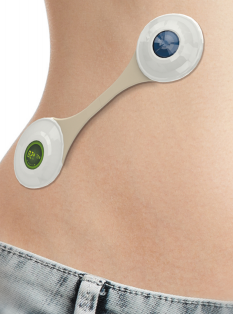
The device has two main components: one is the monitoring system and the other is a diffusing system. The entire system is closed looped. “Closed loop systems provide feedback of the actual current state and compare it to the desired state in order to adjust the system,” she says.
This monitoring system has a bio sensor which goes inside the body and continuously detects the blood glucose level. Depending upon the current need, it transfers the data into the diffusing unit, which then transcodes it and provides the requisite amount of insulin. The device has an embedded GPS with a microprocessor, LED display and physical connector.
She also researched on micro needles, the idea of which came to her mind after a mosquito bite. The analogy of this led her to the application of the micro-needle array. Kothari made several mock-up models out of paper and plastic before coming up with a final design.
The design has won her the Red Dot Award by the Design Zentrum Nordrhein Westfalen, Essen, Germany. The design rights lie with a drug manufacturing company, Sanofi.
Apart from designing this incredible device, Kothari has been extensively researching on making eye donations simpler and effective in the country. She has designed Cornea Care, a Ophthalmic Enucleation Kit that helps to preserve the usability of the corneas for up to 96 hours. The design reduced the number of instruments in the instrument box from 33 to 8.
“Choosing from 33 instruments is time consuming and also confusing, with respect to the Hick’s law,” she says.
“There are an estimated 4.9 million bilaterally corneal blind persons worldwide who could potentially have their sight restored through corneal transplantation. In spite of numerous deaths, meagre eye donations render us unable to treat curable corneal blindness adequately as the supply is only 10% of the current demand. After the cornea is extracted, it needs to reach the eye bank within six hours post death. Knowing that there is a significant delay by the time relatives realise that they must donate eyes, Cornea Care is specially designed to extend this period of 6 hours to 96 hours, enabling doctors to bring maximum number of corneas from even the remotest locations of our country,” she says.
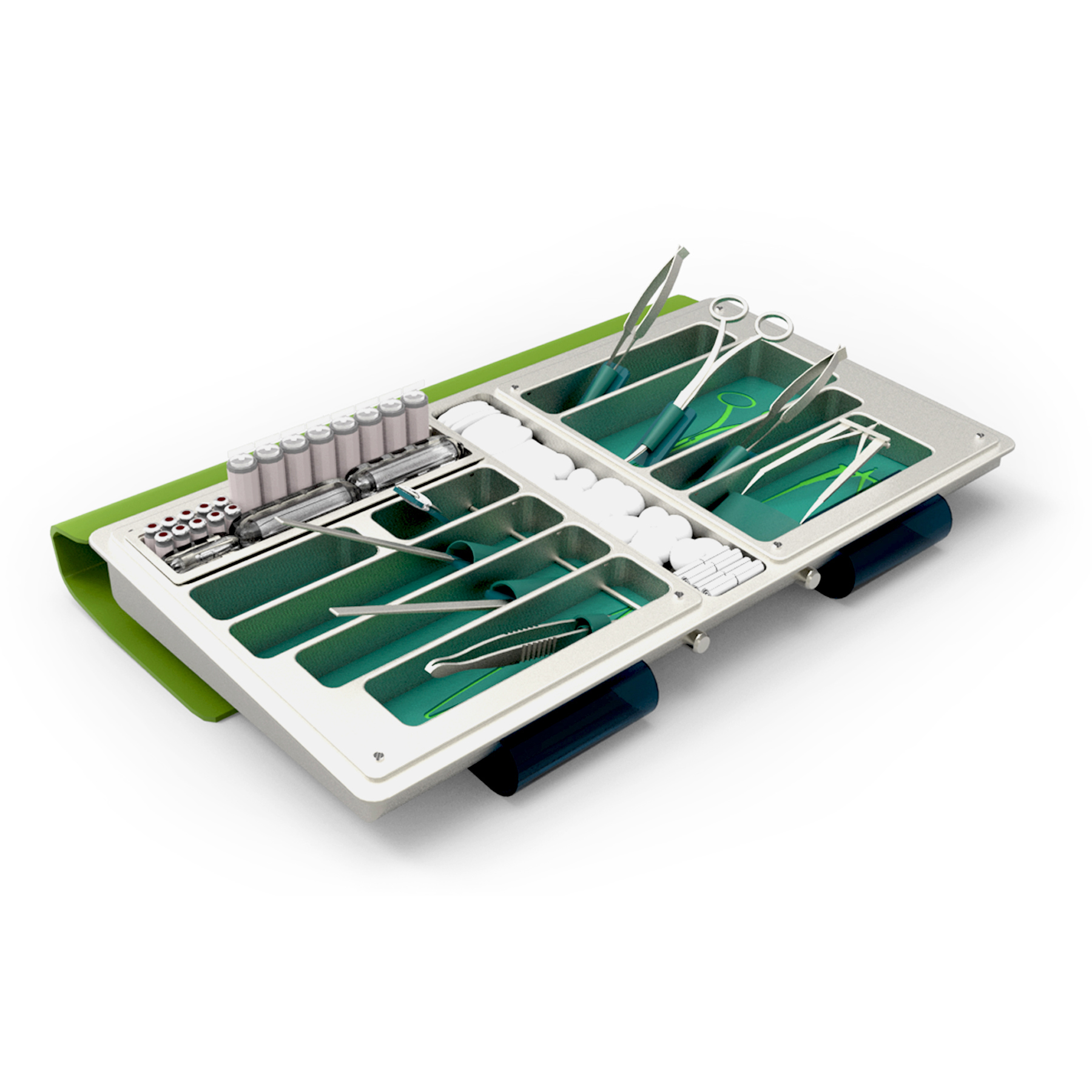
“With the most healthy corneas, single tissue can be split into two and transplanted into 2 recipients. Hence 1 donor can provide sight to 4 people at times. This makes us believe that life ends, but vision does not,” she says.
Not only medicare, Kothari has also left a mark on grassroot innovations with Urja, a cookstove for people living in rural areas where availability of common combustion fuels like kerosene and LPG is very difficult and increasingly expensive due to inflation.
The design converts the untapped excessive heat energy produced during cooking and boiling of water into electrical energy, using the ‘Seebeck Effect’ and thermophiles. Kothari came up with the idea of this interesting cookstove so that the poor can use the same fertile land to grow food (sugarcane) and utilise the by-product to generate ethanol, which is used as bio-fuel. Ethanol is more eco-friendly and healthier than its contemporaries.
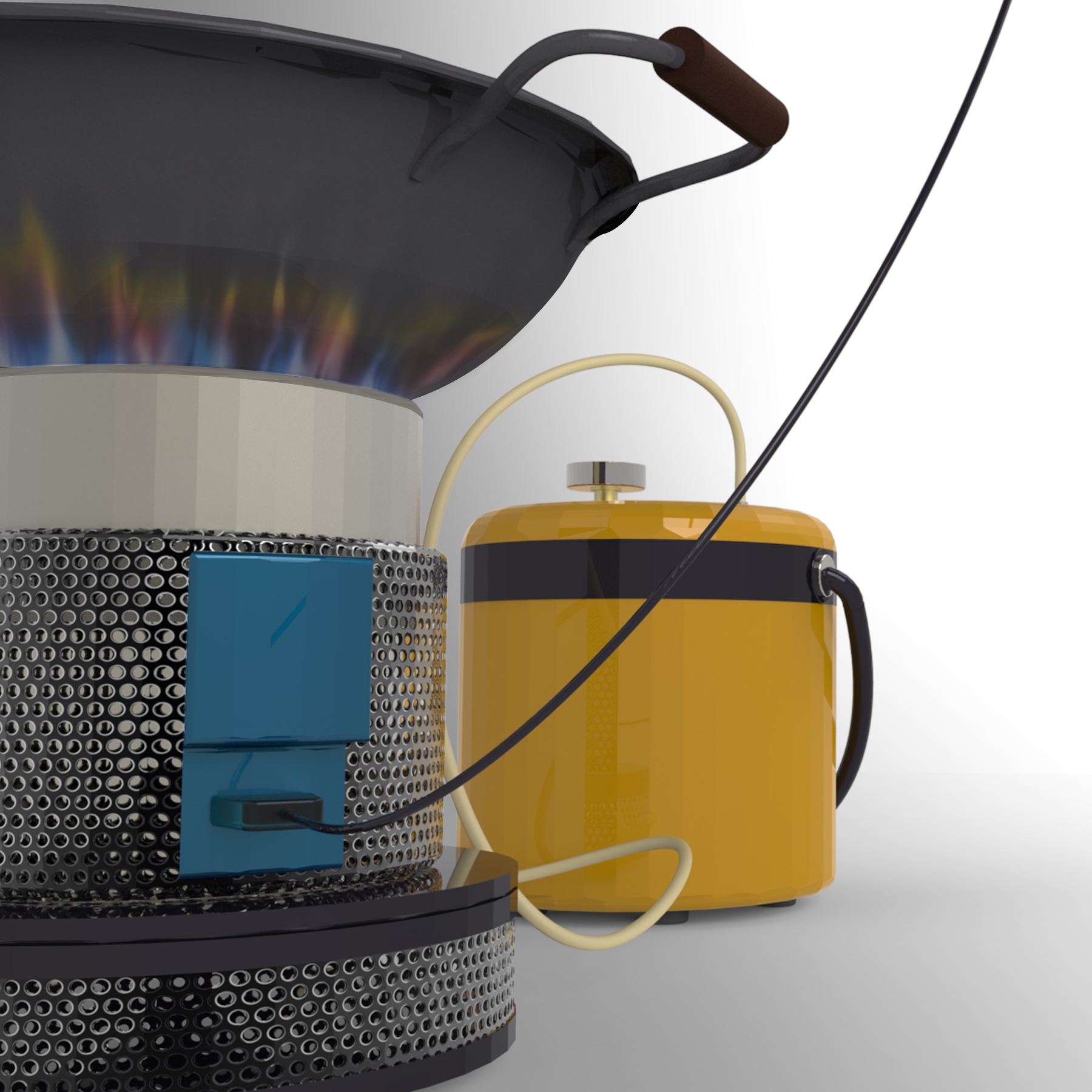
“This would aid the users to generate their own electricity to light up their houses using LEDs. With this improvisation, the users and their families would be able to read, study or work even after dusk, thereby increasing their efficiency and daily income and also help them to benefit from the government’s night school programs,” Kothari says.
When Kothari is not innovating and experimenting, she enjoys photography and baking. One advice she gives young innovators is to never be scared of failing.
“It is okay to fail even a thousand times only because, with each failure, you move a step closer towards success. Failure just makes you stronger and better,” she says.
To know more about her work, please visit her website www.devinakothari.in
Like this story? Or have something to share? Write to us: [email protected], or connect with us on Facebook and Twitter (@thebetterindia).
This story made me
-
97
-
121
-
89
-
167
Tell Us More
We bring stories straight from the heart of India, to inspire millions and create a wave of impact. Our positive movement is growing bigger everyday, and we would love for you to join it.
Please contribute whatever you can, every little penny helps our team in bringing you more stories that support dreams and spread hope.







